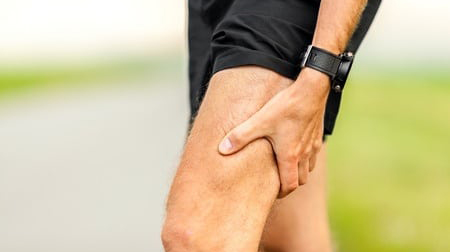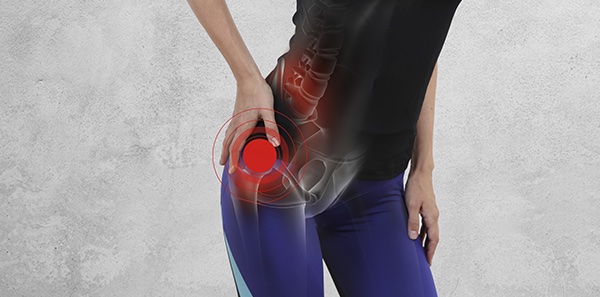Your Roadmap to Recovering from a Hamstring Injury - Part Two
After undergoing the initial stages of hamstring injury management and completing the necessary rehabilitation exercises, you may be eager to return to running. However, it’s crucial to approach this transition with caution to avoid re-injury or setbacks in your recovery.
Your Roadmap to Recovering from a Hamstring Injury - Part One
Are you an athlete looking to regain your strength, flexibility, and confidence after a hamstring injury? You’re not alone. Hamstring injuries are all too common in sports, affecting athletes at every level and causing pain, discomfort, and a decline in performance.
Trochanteric Bursitis
Question: I have recently been experiencing pain in the side of my hip since starting to exercise more again. I can’t lie on either side at night and it hurts when I try to run or stand for too long, or if I try to hold my 2-year-old son on my hip. It even hurts after resting when I get up from sitting at my desk for long periods of time. My Doctor says I have ‘Trochanteric Bursitis’ - how do I fix it?
ACL injury in males vs females
It is well known that females are much more susceptible to anterior cruciate ligament (ACL) injury than males, in fact, across the first two seasons of the women’s Australian Football League (AFLW) the rates were 6.2 and 9.2 times higher than the men’s league (AFLM) in the same years.




